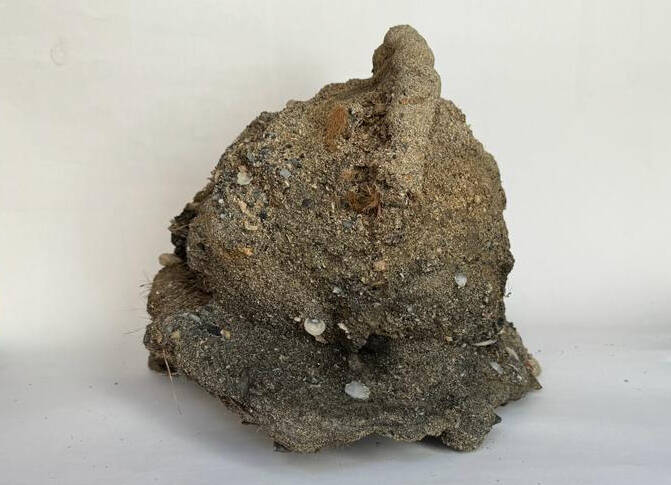The medieval battle helmet was recently pulled out of the Ionian Sea, possibly for the first time in nearly 600 years.

Soprintendenza del MareThe medieval helmet discovered near the island of Vendicari.
Archaeologists from the University of Naples just discovered a medieval metal battle helmet 16 feet underwater near the Sicilian island of Vendicari.
The presence of the helmet has led researchers to pose several theories about how it ended up at the bottom of the ocean, including a possible shipwreck.
Discovering The Oddly Shaped ‘Rock’

Soprintendenza del MareThe helmet was dated to sometime between the 15th and 17th centuries C.E.
The discovery began as part of a larger project. According to archaeologist Leopoldo Repola from the University of Naples, the team was conducting an study on cultural landscape transformations near Vendicari, Italy.
“This research aims to understand how natural phenomena and anthropic activities condition large marine and coastal areas, in order to reconstruct ancient scenarios, transformation dynamics and relate them to current events connected to climate change” Repola stated in an email to All That’s Interesting.
While diving in the area, Repola and his colleague Enzo Morra spotted what looked to be an oddly shaped rock. But upon further inspection, the researchers realized that this “rock” was actually a metal battle helmet covered in layers of mineral cement.
The team contacted the Superintendence of the Sea (SopMare), a Sicilian government organization created to safeguard underwater artifacts, and surrendered the helmet to them.
According to a Facebook post from SopMare, the helmet originated between the 15th and 17th centuries C.E.
The helmet was designed in the “cabasset” style typical of infantry and light cavalry soldiers at the time. It has an oval shape with a long crest on top and a ridge around the bottom.
“This type of helmet consists of a semi-spherical or oval cup with a tense more or less inclined along the entire edge and, in the specific case, a low upper ridge wavy or reinforced by metal spheres,” SopMare explained in its post.

Penta Springs Limited / Alamy Stock PhotoA steel pear-stalk cabasset, c. 1580 – 1590. Italy.
The Helmet’s Contribution To Italian Cultural Heritage
The helmet’s resting place at the bottom of the sea poses an intriguing question for researchers: How did it get there?
According to ArtNews, the island of Vendicari has been vacant for centuries except a large tuna factory, built by Baron Modica Munafò in the 19th century.

Soprintendenza del MareIt’s not yet clear whether the helmet sank to the bottom of the sea in a shipwreck or arrived there in an isolated incident.
Nearby sit the ruins of the Torre Sveva, a medieval-era tower that likely housed soldiers during the 15th century. During that time, the tower defended a small port and warehouses used for trade.
Given the existence of these ruins, the research team postulated that the helmet could have ended up in the sea as a consequence of a shipwreck. So far, however, they have not discovered any evidence to support this theory.
For now, researchers’ main priority is discovering how the helmet found itself underwater — and whether there are any other archaeological discoveries to be made nearby.
“Further underwater reconnaissance in the area of the invention will try to clarify if it is an isolated invention or if it is possibly related to the presence of a late medieval or modern relic,” SopMare stated in its post.
After reading about the discovery of the medieval helmet, dive into the story of Poveglia Island, the abandoned Italian island rumored to house the spirits of plague victims. Then, discover nine bizarre medieval customs.





